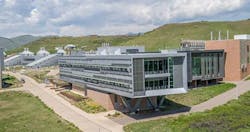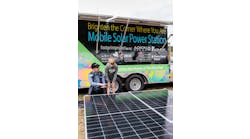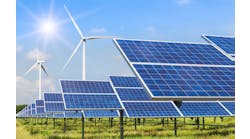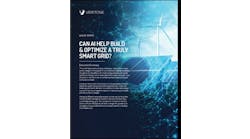Smarter Grid Solutions Providing DERMs for NREL Energy Integration, Microgrid R&D Facility
A National Renewable Energy Laboratory (NREL) research facility that works on utility microgrids is connecting new distributed energy resource management system (DERMS) technology at its Colorado site.
NREL has chosen Smarter Grid Solutions (SGS) to implement the Strata Grid DERMS platform at its Energy Systems Integration Facility (ESIF) near Golden, Colorado, at the Eastern Front Range of the Rocky Mountains. The 10-year-old ESIF site runs numerous research programs requiring DERMS technology, which handles autonomous operation and coordination of new -generation grid devices and integrates distributed energy resources such as on-site solar and battery storage into grid planning.NREL’s ESIF also houses a megawatt-scale microgrid evaluation platform that helps utilities study microgrid connections and simulations. These research activities focus on connecting and disconnecting the microgrid from the main utility grid and operating the microgrid in both grid-connected and island mode.
Microgrids are made up of distributed, on-site power resources such as solar panels, gas or diesel generators and battery storage.
“DERMS-related research is core to the integrated, multi-disciplinary work happening at ESIF,” Sarah Williams, research project manager at NREL’s ESIF facility, said in a statement announcing the deal with SGS. “We are confident we are developing a powerful toolbox with SGS to address both existing and future use cases.”
NREL’s work on DERMS is designed to help utilities and electric cooperatives enhance control and visibility into distributed energy-connected systems, whether those are renewable energy assets charging into the main grid or bidirectional resources included in microgrid formats of the future. Many utilities and co-ops are working on or considering microgrids in parts of their service territories.
“SGS is excited to partner with NREL on their research in the DERMS realm,” Jon Grooters, director of utility solutions at SGS, said in the release. “We expect to see very interesting and exciting learnings from this partnership.”
NREL has been involved in modeling, testing and deployment of microgrids for more than two decades.
Stay up to date with the latest microgrid projects. Subscribe to the free Microgrid Knowledge Newsletter.








